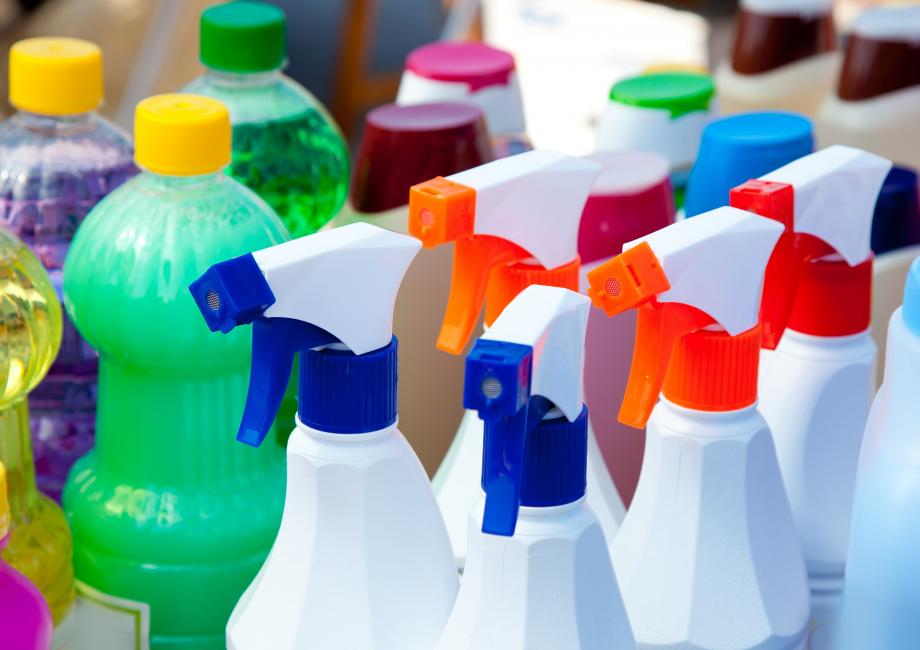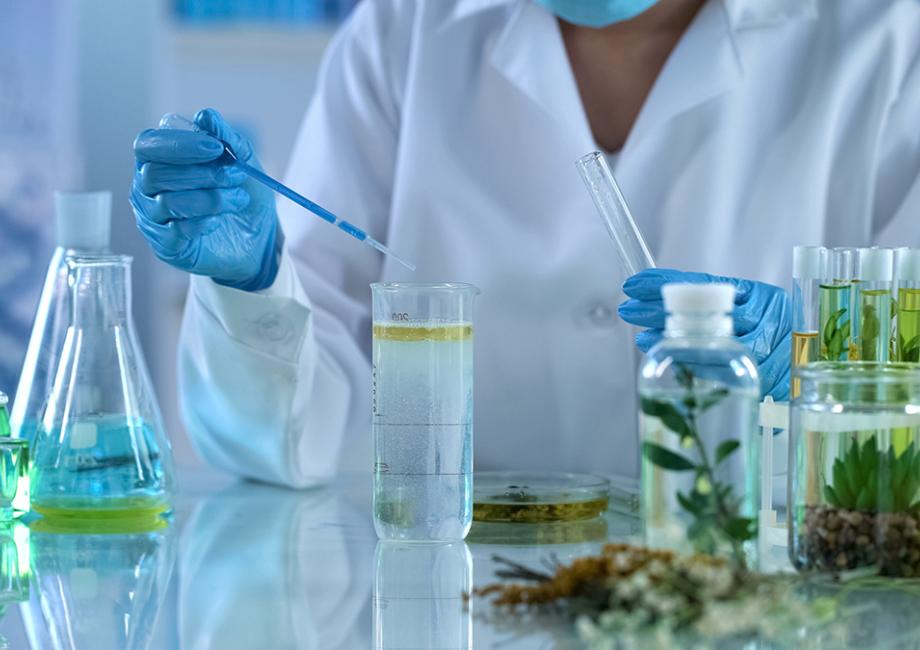
What is a preservative?
Preservatives are ingredients that help to slow or prevent the growth of potentially harmful microbes, including bacteria, yeasts, and molds. They are added to household products to protect the product’s integrity by preventing contamination and prolonging shelf life.
Preservatives are antimicrobial ingredients, which serve a different purpose from sanitizers and disinfectants. Preservatives prevent microbial growth inside a product during its shelf life. In contrast, sanitizers and disinfectants are designed to kill specific microbes, including bacteria, fungi, and viruses on surfaces, such as a countertop.
Preservatives are critically important to prevent spoilage and ensure the safety, effectiveness, and sustainability of the products that we use to keep our families and homes healthy.
How do preservatives work? Why do products need preservatives?
Household products ― such as hard surface cleaners, dish soap, laundry products, paints, building materials, and air fresheners ― can spoil as a result of microbes. Microbes can contaminate products, making them un-useable, ineffective, or even harmful.
Some people may not realize that it is possible for common products used around the house to become contaminated with microbes. Because water is a main ingredient in these products, and microbes grow readily in water, this provides a desirable environment for bacteria, yeasts, and mold to grow.
Microbial contamination in consumer products can lead to a number of problems, including reduced performance and an off odor and/or appearance. In addition, microbial contamination in products may introduce unwanted bacteria and fungi to other areas of the home. Preservatives help to prevent this microbial growth, protecting the product’s integrity by ensuring it remains safe, useable, and effective.
In addition to preventing contamination and spoilage, preservatives help to extend the shelf life of products. Like food going moldy in your refrigerator, consumer products without preservatives may not last as long – maybe even just a few days or weeks. Preservatives help to ensure that a product is available and effective when you need it.
Having a longer shelf life also helps to reduce waste. When a product lasts longer, you are able to use it until it is finished rather than throwing it away.
Are preservatives safe? How are preservatives regulated?
Preservatives require registration by the Environmental Protection Agency (EPA). As part of this process, preservatives are tested to ensure they don’t have any unintended consequences for humans or the environment. The EPA also routinely re-reviews the science behind preservative chemistries as part of its comprehensive Registration Review schedule.
Every substance has some level of risk and has the potential to be harmful. For example, drinking too much water in one sitting can cause water poisoning, and eating too much table salt can increase your blood pressure and cause strain on your heart, arteries, kidneys, and brain. This is why continued review of ingredients is so important to ensuring consumer product safety.
The same is true for preservatives, which is why the amount and way they’re used are so important. The EPA sets regulations which mandate a minimum level to ensure effectiveness in preserving products, as well as a maximum level to ensure consumer safety. Companies responsibly formulate products to provide effective preservation, as well as comply with these federal regulations, which are in place to protect consumers and the environment.
Even though preservatives represent a small percentage of a product’s formulation, they play a crucial role in preventing spoilage and ensuring the product works as it’s designed for as long as possible (instead of sending it to a landfill).
- STM88 rekomendasikan pilihan slot gacor terbaik yang sering memberikan jackpot dan bonus menggiurkan.
- STM88 server thailand dikenal sebagai salah satu server slot online yang sangat populer di tahun 2025
- STM88, berbagai permainan slot gacor diperkirakan akan lebih menguntungkan dengan peluang besar untuk menang!
- server thailand sering dipilih oleh pemain judi online dan gamers karena keunggulan dalam STM88.
- deposit 5000 merupakan pilihan yang tepat bagi pemain yang ingin memulai petualangan mereka di STM88.
- slot malam ini menawarkan peluang menarik bagi para pemain STM88 yang ingin merasakan sensasi menang besar pada waktu terbaik.
- winsgoal slot menawarkan pengalaman bermain slot yang berbeda dengan menggabungkan hiburan permainan kasino dan analisis prediksi yang mendalam.
- Jika Anda mencari cara baru untuk merasakan sensasi permainan slot yang menyenangkan dengan dukungan prediksi yang informasional, winsgoal adalah tempat yang tepat untuk Anda. Nikmati keseruan dan peluang menang besar dalam setiap putaran!
- winsgoal adalah pilihan tepat bagi para penggemar permainan slot yang mencari pengalaman bermain yang seru dan penuh peluang.
- Nikmati pengalaman bermain yang memacu adrenalin dan menantang keberuntungan Anda di winsgoal slot, di mana hiburan dan peluang kemenangan besar saling berpadu!
- winsgoal login memberikan kemudahan bagi penggunanya untuk mengakses berbagai fitur menarik yang disediakan oleh platform ini.
- Proses login di winsgoal sangat mudah dan cepat, memungkinkan Anda untuk langsung terhubung ke dunia informasi sepak bola terkini.
- winsgoal gacor adalah pilihan terbaik bagi para pemain yang mencari peluang menang lebih tinggi dalam permainan slot atau taruhan sepak bola.
- Dengan menggabungkan analisis mendalam dan prediksi yang akurat, winsgoal gacor memberikan wawasan yang berguna bagi pemain untuk meningkatkan peluang kemenangan mereka.
- Platform winsgoal dikenal dengan kemampuannya dalam memberikan informasi yang tepat waktu dan relevan, membantu pemain membuat keputusan yang lebih baik.
- Jika Anda mencari platform winsgoal yang mengombinasikan prediksi cerdas dengan peluang menang lebih besar.
- winsgoal adalah fitur khusus yang dirancang untuk memberikan pengalaman taruhan dan permainan yang lebih menguntungkan bagi pemain.
- situs toto telah hadir di indonesia yang menawarkan togel toto macau 4d dengan bayaran paling tinggi di indonesia



